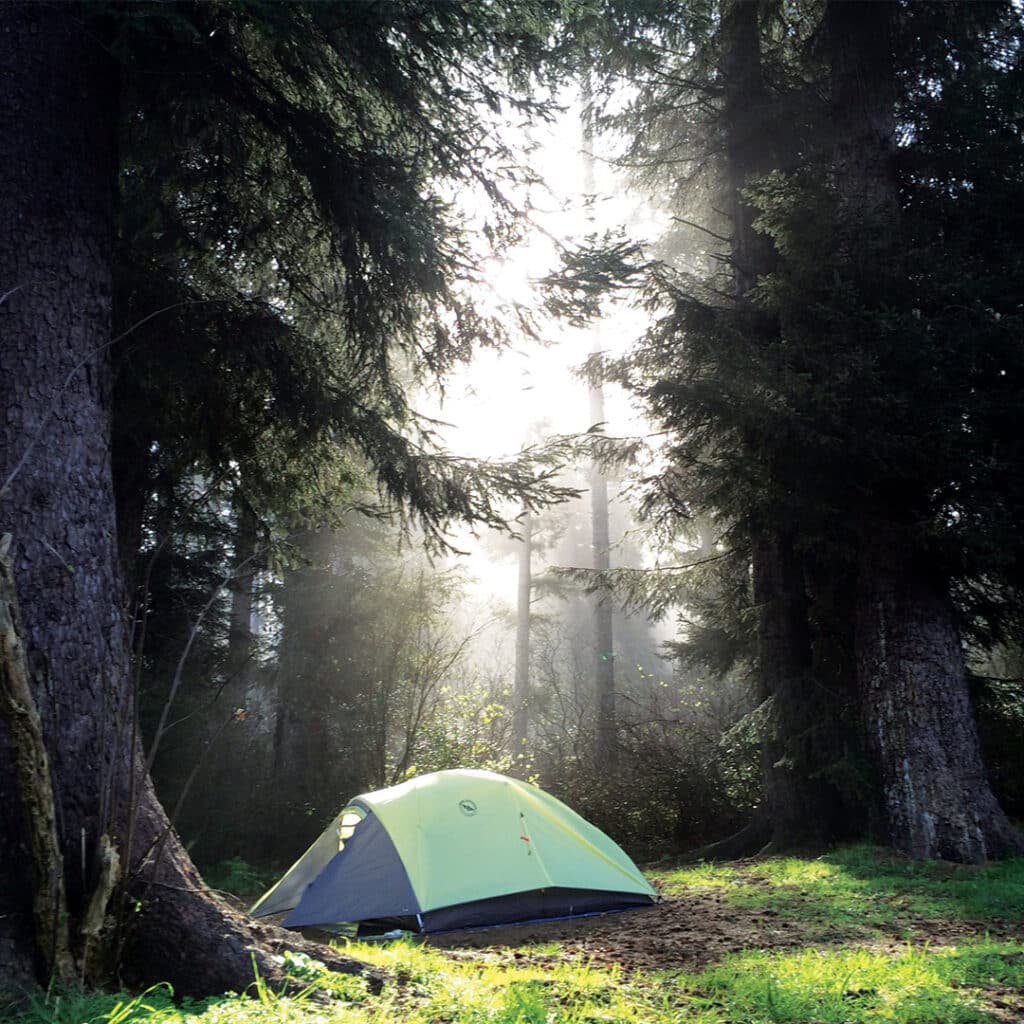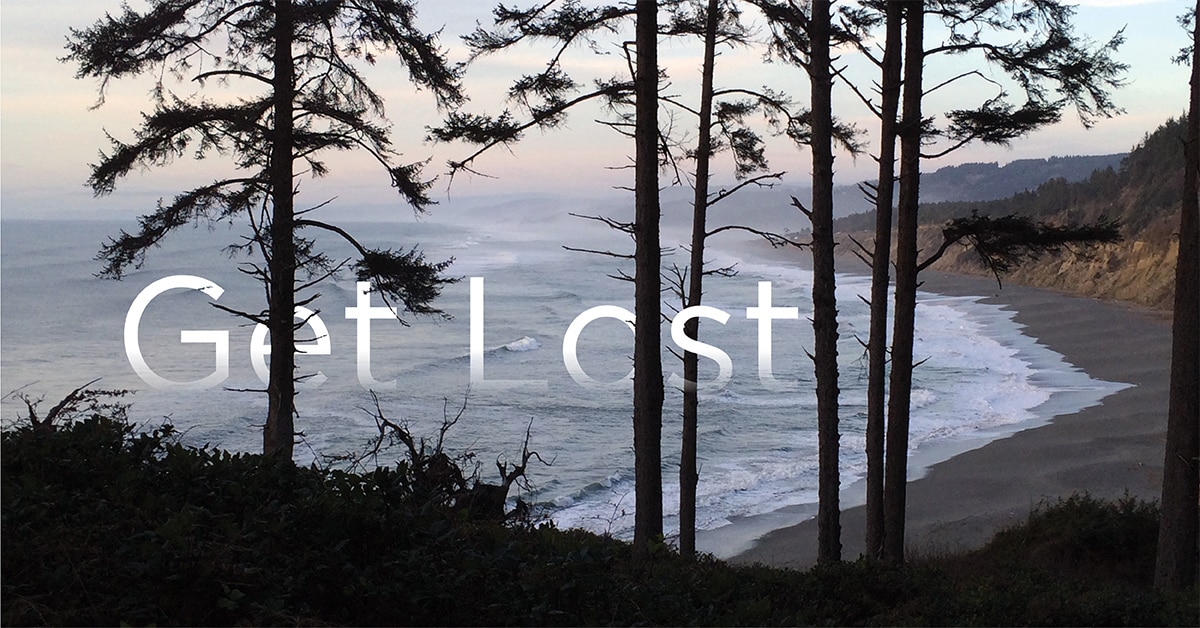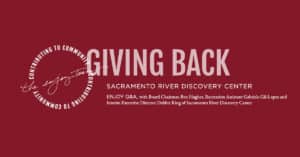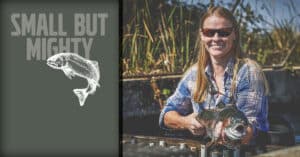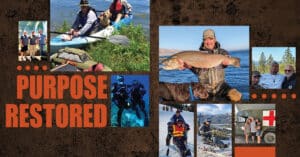Get Lost
Cool Off with a Coastal Adventure…
The Northern California coastal region is so lovely, with its rugged edge, ginormous redwoods, lush ferns, interesting wildlife, mild temperatures, long remote beaches and miles of hiking/biking trails. There may be no better way to end the summer than with one last camping trip to the Lost Coast. Here are some ideal coastal camp spots.
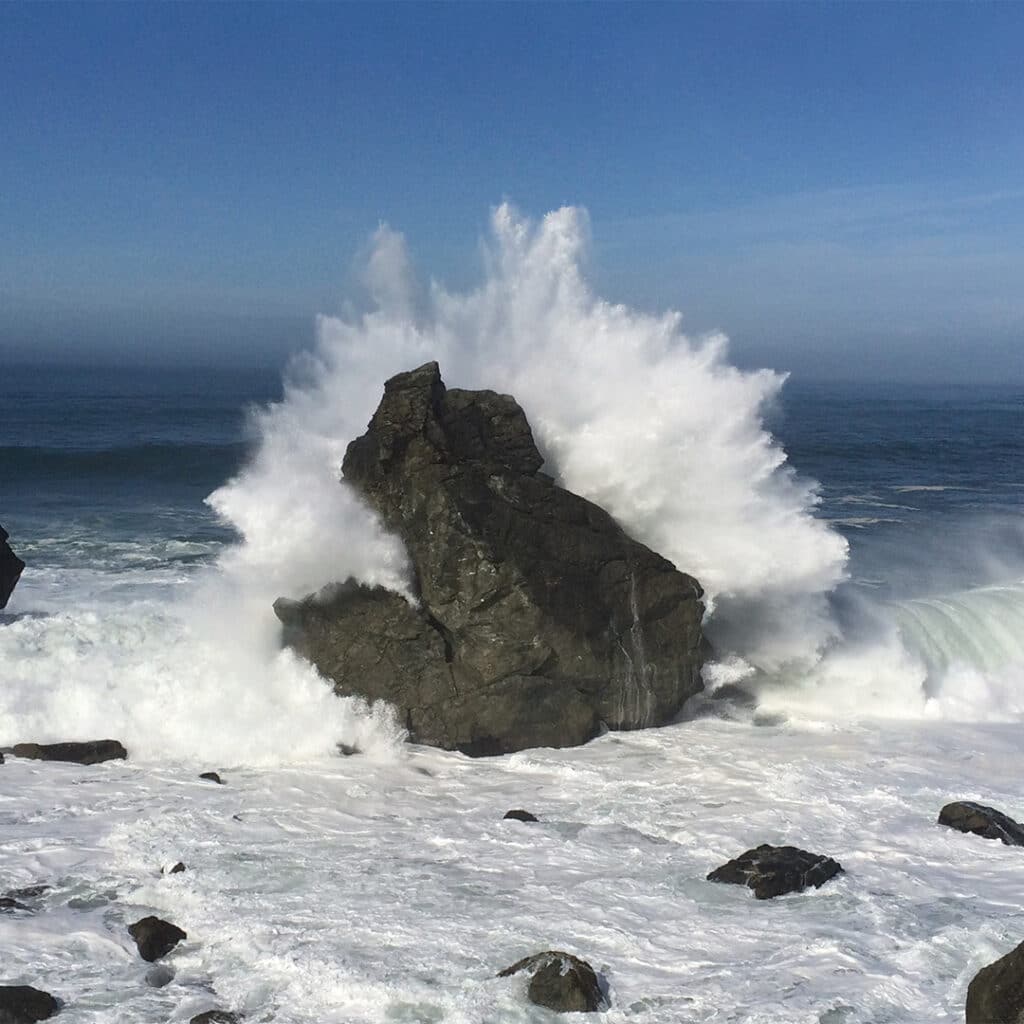
Sue-meg State Park, Near Trinidad on Highway 101
Located about 25 miles north of Eureka and 15 miles south of Orick on Highway 101, Sue-meg State Park (formerly known as Patrick’s Point) offers a plethora of natural activities for everyone. Between its hiking trails, campsites, wildlife/marine life viewing, beaches, and preserved Sumeg Village, Sue-meg offers a wild, unbound experience that can only be found on the remote Lost Coast.
Be sure to check out The Rim Trail that circles the park and connects the north/south end beach trails (such as Palmer’s Point and Agate Beach) while also allowing explorers to veer off to overlooks that jut out over the Pacific Ocean. If you’re a fan of banana slugs (“the most talked about animal in the park”), head into the wooded areas where they like to feed on palm-sized mushrooms.
Visitors can reserve their Sue-meg campsites through the Reserve California website up to six months in advance. Overnight accommodations within the park must be booked online between May-September and then it’s open on a first-come, first-serve walk-in basis from October-April.
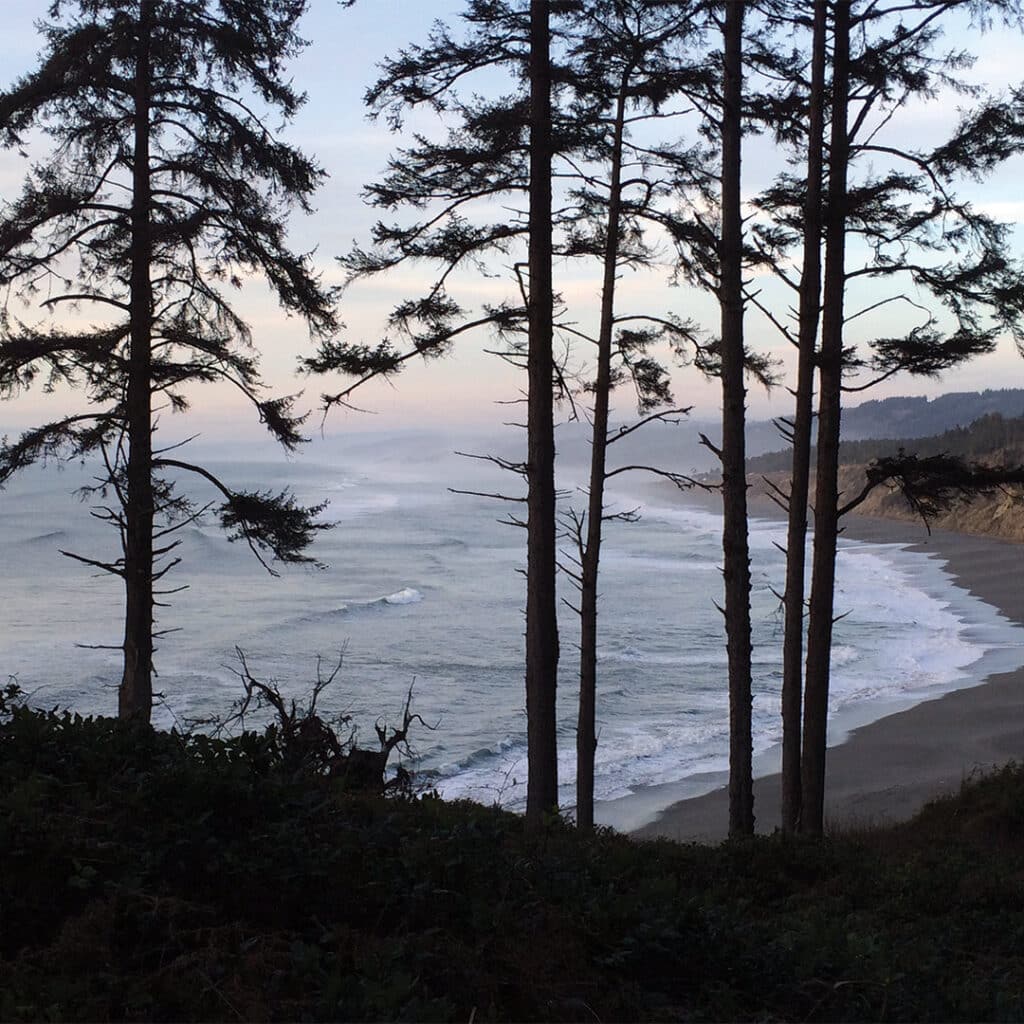
Prairie Creek Redwoods State Park
Twenty-one miles north of Sue-meg, Prairie Creek Redwoods State Park gets more into the heart of the massive trees, some of which are the oldest in the world. Nestled between its 75 miles of hiking trails, 19 miles of biking trails and 45 percent of California’s protected old-growth forest are two main campgrounds – Elk Prairie and Gold Bluffs Beach.
Elk Prairie has 75 spacious campsites for RVs and tents, and a few cabins for those who don’t want to do quite as much work. Elk Prairie is right on the Newton B. Drury Scenic Parkway – convenient for those who want to see redwoods without too much hiking (be sure to stop and take a picture with the 1,500-year-old Big Tree Wayside). However, if you get out and walk, you may have more of an opportunity to see Roosevelt elk and/or a great horned owl. There are also easy and short family-friendly interpretive trails near its visitor center.
About 2.7 miles away from the entrance station, 26 campsites sit on a secluded stretch of beach at the Gold Bluffs Beach campground. Hikers can spend an hour to a full day on the trails that connect to the rest of Prairie Creek, and then you can pass out listening to the ocean waves from your tent. An added benefit is that Gold Bluffs Beach has free hot showers. A word of warning, though, watch out for the skunks, who may sneak up to your site.
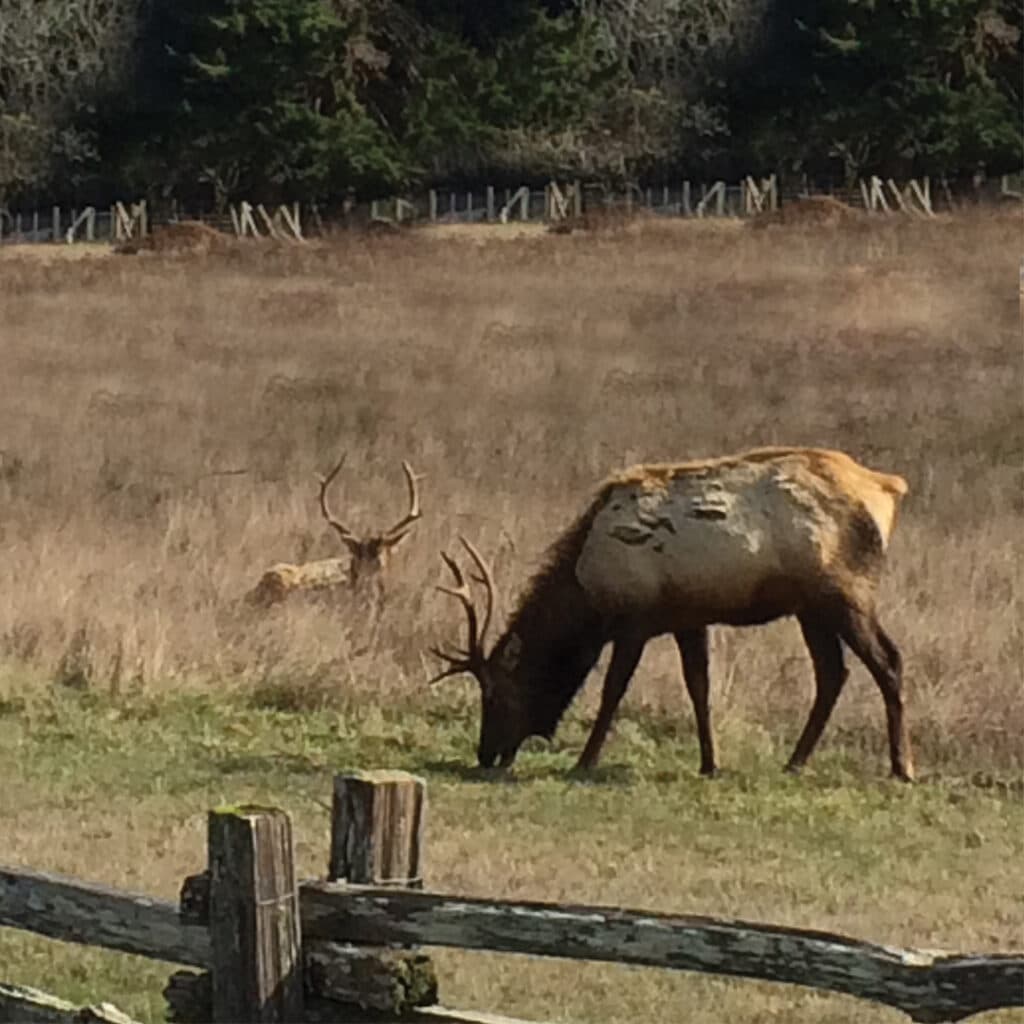
A few more housekeeping items:
- Gold Bluffs Beach and Elk Prairie are dry campgrounds, so there is no water, electricity or sewage hookups
for RVs. - Permits are needed to visit Gold Bluffs Beach Day-Use Area, which includes access to the Fern Canyon Trailhead from May 15 to September 15.
- Poison oak is rampant in the Redwoods/Northern California coastal area, so always remember that plants with “leaves of three, let them be”.
While out exploring the area, visit:
- Humboldt Lagoons State Park: As part of the largest lagoon system in the nation, its Big Lagoon, Stone Lagoon, Dry Lagoon and Freshwater Lagoon are about 10 miles north of Trinidad and open for fishing, paddling and swimming from sunrise to sunset.
- The Thomas H. Kuchel Visitor Center: This large and welcoming ranger station and gift shop has everything you need to help plan your time in the Redwoods. Use the bathroom, talk with rangers, peruse the interpretive museum, walk down the wooden path to the shoreline, grab free maps and buy a pair of warm redwoods map hiking socks.
- Jedidiah Smith Redwoods State Park: Up near Crescent City on the Smith River (near the towns of Gasquet and Hiouchi on US-199), this place holds arguably one of the largest concentrations (and most impressive) redwoods in Northern California, such as the 44-acre Stout Memorial Grove where trees are at least 300 feet tall. The Jedidiah Smith Campground also has 106 RV and tent sites.
To help plan your coastal camping road trip:
Pick up a copy of Moon Northern California Road Trips. It’s filled with maps and additional information about everything to see and do while camping on the North Coast.
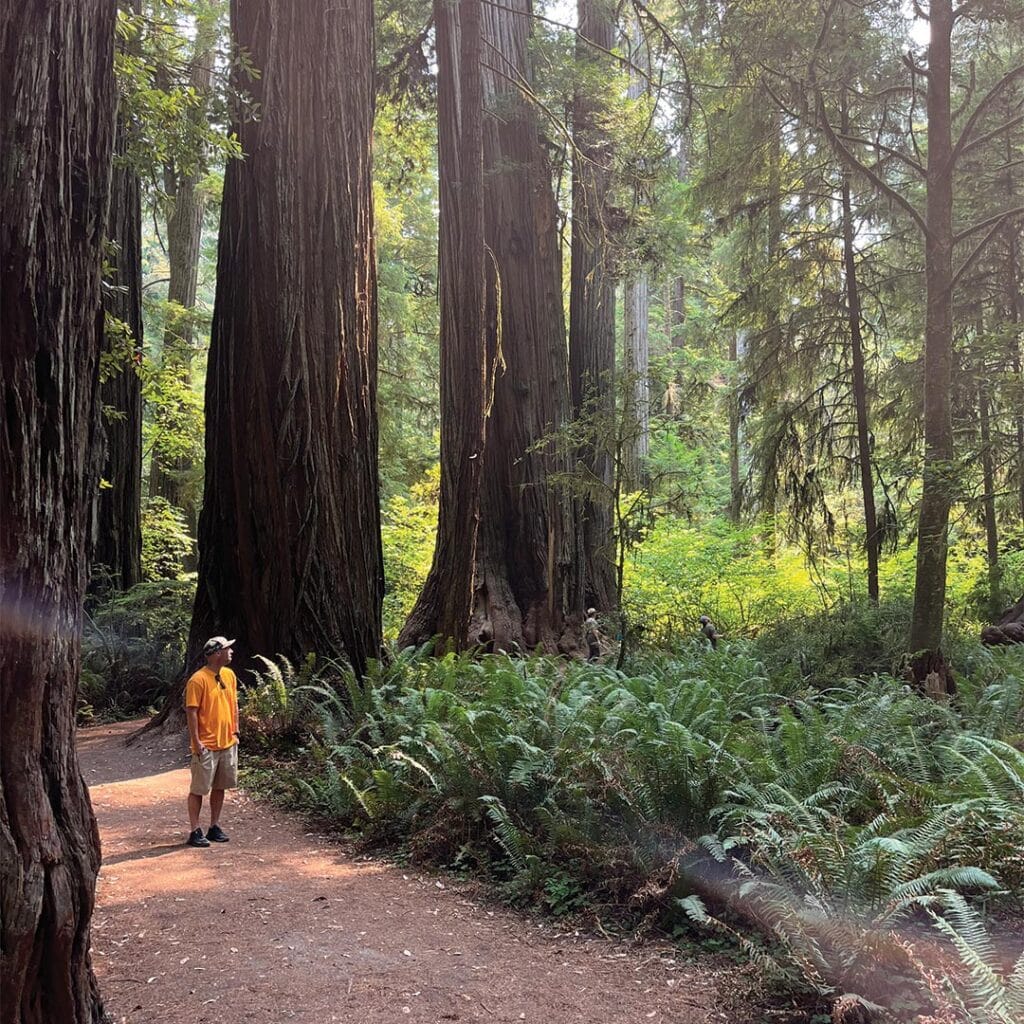
Redwoods National and State Parks in Six Days
Day 1: From Redding, take CA-299 west over to the coast. Stop by the Weaverville Joss House State Historic Park to stretch your legs and learn about the Chinese workers who contributed to Northern California’s development. Then fill up your gas tank and continue 97 miles west to Arcata. Have lunch at Wildberries and get some provisions for camping, then head north 76 miles to the Jedediah Smith Redwoods State Park.
Day 2: Hike around the Redwoods for a while and consider visiting Del Norte Coast Redwoods State Park 9 miles south on Highway 101 to do some more exploring or camping. Note that the Grocery Outlet in Crescent City is a good place to stock up on supplies.
Day 3-4: Try to spend at least one or two nights at a Prairie Creek Redwoods State Park campground that is 11 miles south of Del Norte on the 101. Gold Bluffs Beach has campsites a short walk away from the ocean and is close to Fern Canyon, a must-see. However, if you can’t book one of the beach’s 25 sites then stay in Elk Prairie; just be sure to check Prairie Creek’s website or with the visitor center to see if you need any special permissions to drive into Fern Canyon (the parking lot is small and fills up fast). Get up early on one of those days to catch the bulls grazing with their harems, grab a map from the Prairie Creek Visitor Center, and take a drive on the Newton B. Drury Scenic Parkway.
Day 5: Go to Sue-meg State Park, hike the Rim Trail, and check out Sumeg Village. This is a great place to camp as well, but if you don’t have time then continue to Trinidad. Refuel and order a hefty and delicious sandwich from the deli at Murphy’s Market. Continue down the coast to Eureka and stay at The Pinc Lady Mansion.
Day 6: Have lunch at the Café Marina at Woodley Island, then hop back on Highway 101 and continue south for 10 minutes, stopping at the Fort Humboldt Historic Park. From here, you can keep traveling south and cut over on Highway 20 or Highway 36 to go inland. Or, if I had unlimited time, I’d follow the coastline for as long as I could to indulge in more of California’s state park treasures.
